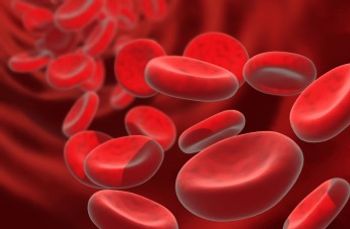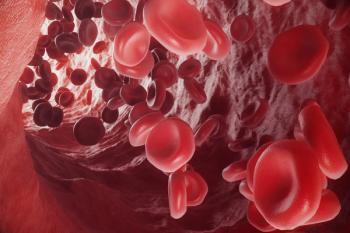
Oncology NEWS International
- Oncology NEWS International Vol 5 No 1
- Volume 5
- Issue 1
Reporting of Study Comparing Casodex, Eulexin Is Questioned
I would like to call your attention to a misleading statement that appeared in the Industry Watch section of the October, 1995, issue of Oncology News International under the title "Casodex Approved for Prostatic Cancer" (page 23).
I would like to call your attention to a misleading statementthat appeared in the Industry Watch section of the October, 1995,issue of Oncology News International under the title "CasodexApproved for Prostatic Cancer" (page 23).
The statement reads: "The company reports that after a medianfollow-up of 95 weeks, Casodex [in combination with an LHRH agonist]was similar to flutamide (Eulexin) in its effect on survival."
You should be aware that the Professional Information Brochurefor Casodex from Zeneca Pharmaceuticals actually states the following:"At a median follow-up of 95 weeks, time to treatment failurewith Casodex-LHRH analog therapy was not dissimilar when comparedto Flutamide-LHRH analog therapy" (page 4).
Primary Endpoint
This clarification is quite important, as the pivotal trial thatcompared Casodex (bicalutamide) to Eulexin and formed the basisof Casodex's approval by the FDA did not, in fact, show improvementin either time to disease progression or survival.
Rather, this study utilized as its primary endpoint, the unusualendpoint of time to treatment failure. This is defined in thestudy as "withdrawal from the study for any reason."Time to treatment failure is generally not accepted by the medicalcommunity as a primary efficacy endpoint.
In contrast, Schering-Plough's Eulexin (flutamide) has been shownin several major studies to delay progression and extend survivaltime for advanced prostate cancer patients. One pivotal studyconducted by the National Cancer Institute showed that, in patientswith minimal metastatic bone disease, Eulexin, when initiatedwith an LHRH agonist, delayed progression by 29 months and increasedoverall survival by 19 months.
Side Effects
In a follow-up item on the approval of Casodex that appeared inthe November, 1995, issue of Oncology News International (page24), your reporter refers to findings from the Casodex study onside effects.
The article cites a lower incidence of diarrhea in patients whoreceived Casodex (10%), compared with those on Eulexin (24%),and a lower rate of withdrawal from the study due to diarrhea(6% for Eulexin vs 0.5% for Casodex). In fact, the figures forEulexin in this study are much higher than reported elsewhere.
We believe some of these patients may have had clinically insignificantsymptoms, and our experience indicates that dietary changes andminor dose adjustments will alleviate diarrhea in the majorityof patients receiving Eulexin.
It is noteworthy that in its pivotal registration trial, therapywith Eulexin plus an LHRH-agonist had only a 13.6% incidence ofdiarrhea, and no patients discontinued therapy due to this adverseevent. In an ongoing trial of Eulexin sponsored by the NationalCancer Institute and involving more than 1,300 patients, nonehave been withdrawn from the study due to diarrhea.
The true safety profile of any new medication is often not appreciateduntil years after its experimental development. While the studyclaims that Casodex is well tolerated, we believe it would behighly premature to characterize it as superior to Eulexin withoutfurther clinical studies to determine Casodex's true efficacyand potential effects on patient survival and quality of life.
Articles in this issue
almost 30 years ago
HCFA Reevaluations May Affect Chemo Administration Cost Codesalmost 30 years ago
Breast Cancer Info Now on Internetalmost 30 years ago
HDC/ABMT Has Benefits in Multiple Myelomaalmost 30 years ago
Clinical Trial to Study MoAb 17-1A as An Adjuvant to Colon Cancer Therapyalmost 30 years ago
Limits on Tamoxifen Duration Questionedalmost 30 years ago
ACRO Forecasts Radiologist Surplusalmost 30 years ago
Potency Status Before RT, Not Dose, Determines Post-RT Functionalmost 30 years ago
Dr. Klausner Outlines Goals for NCIalmost 30 years ago
Difficulties in Translating Relative Risks Into Absolute Riskalmost 30 years ago
Managed Care: To Live and Die in LANewsletter
Stay up to date on recent advances in the multidisciplinary approach to cancer.

















































































